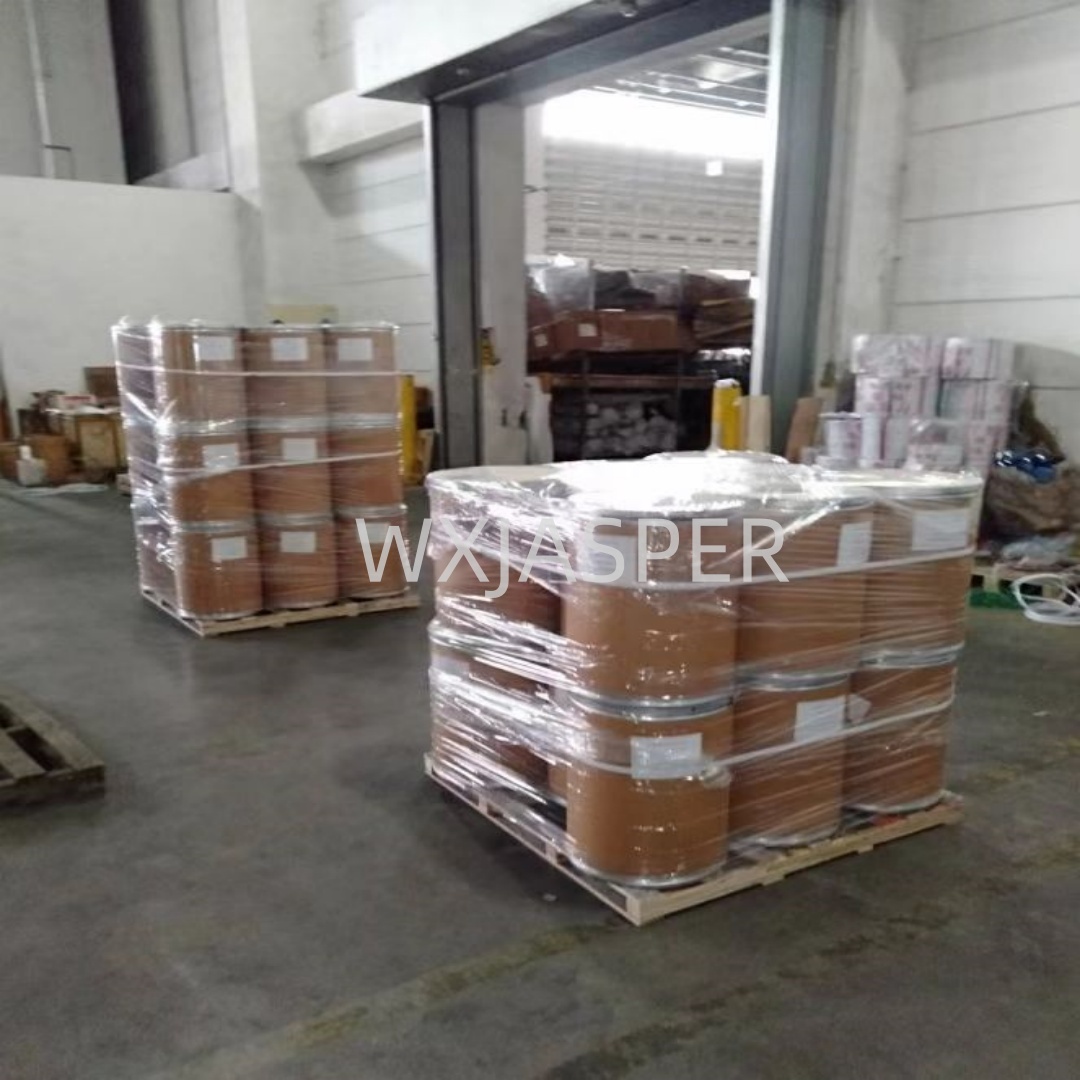Your Location:Home > Products > Solvents > Benzyltriethylammonium chloride



CasNo: 56-37-1
MF: C13H22ClN
Appearance: white crystal or powder
Delivery Time: 15 days
Packing: 25kg/drum
Purity: 99%
Basic Information
|
Model NO. |
56-37-1 |
Appearance |
Powder |
|
Color |
White |
Purity |
99% |
|
Sample |
Available |
Specification |
25kg/Drum |
|
Grade Standard |
Industrial Grade |
Origin |
China |
|
Transport Package |
Drum |
|
|
Product Description
Product Name:Benzyl Triethyl Ammonium Chloride
CAS No: 56-37-1
Molecular formula :C13H22NCL
Form: white crystalline powder
Product Application
Phase Transfer Catalyst (PTC): Primary use. Facilitates reactions between reagents in immiscible aqueous and organic phases, significantly increasing speed and yield.
Organic Synthesis: Widely employed in alkylation, esterification, oxidation-reduction, and polymerization reactions.
Dye & Pigment Industry: Serves as a levelling agent and dispersant.
Packaging
25Kg/Drum
Storage
Should be stored in a dry and well - ventilated warehouse. Keep it away from direct sunlight to prevent photodegradation. Since it is hygroscopic, it is important to store it in a place with low humidity to avoid moisture absorption, which could affect its quality and performance.